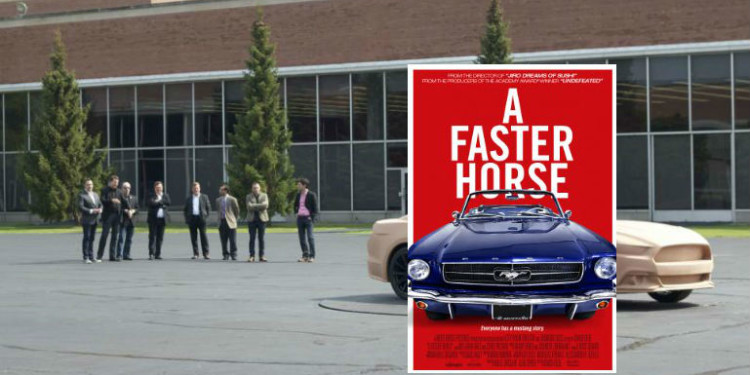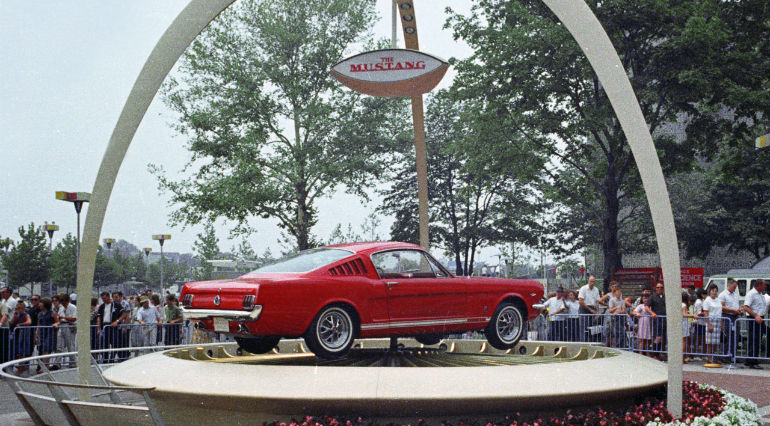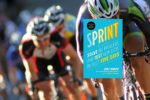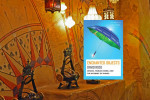A Faster Horse

A Faster Horse follows the 2015 Mustang team from initial design to mass production. Directed by David Gelb (Jiro Dreams of Sushi), the film gives glimpses into all phases of product development with short interview clips from team members along with a history of the iconic car.
This high intensity, high visibility project highlights all the challenges of a software product, but on a different stage. The Mustang has only been redesigned six times in its 50 year history. The 2015 model project was started in 2009 in the midst of an economic downturn and surrounded by failed and failing competitors.
The primary protagonists of the story, the current Chief Program Engineer, Engineering Lead, and former Mustang team leads, recount a story familiar to all product managers. A successful product, a redesign, competing interests, a massive and vocal fan community, a looming deadline, last-minute showstoppers and a million details. It’s fascinating to see this story play out as the next generation of a cultural icon is being produced.
The filmmakers show the leaders of product test driving the car, arguing over cost-overruns, and giving their final presentation for approval to manufacturing. The program team has their ups and downs as the navigate the five years from inception to Job 1.
The beginning

Initially called the Cougar and introduced at the 1965 World’s Fair, the Mustang sold 1 million units within 18 months. By 2015, more than 9 million Mustangs were produced.
Ford market researchers identified a new demographic with “nothing to buy that they could afford.” The Mustang was the first compact car. They wanted a modern car to go with their modern homes and appliances. The goal of the Mustang was to “bring the aspirational vehicle down to a lower price.” The key attributes of the car were “exciting and low cost.” Most of the Mustang team put their careers on the line after the disastrous release of the Edsel seven years earlier.
Lee Iacocca, who would later be fired from Ford and introduce the Dodge Caravan and Plymouth Voyager, gave seven design studios a chance to design the Ford during a competition. Earlier in his career at Ford, he devised a $56/month payment plan for the 1956 Ford model which vaulted him into the Ford leadership role. Ironically, Iacocca was also responsible for the Ford Pinto, an equally iconic car for different reasons. Involved in several industry-leading cars, Iacocca also led the acquisition of AMC which resulted in the Jeep Grand Cherokee.
Constraints
Designing a good looking car is easy as pie. Designing a car that the company can afford, the manufacturing guys can assemble, the engineers can engineer…that’s damn difficult.
The film focuses mostly on engineering and production, not so much on initial design. There isn’t much insight into how the designers work other than the opening scenes where the life-sized clay models are being shaped. The videos below show the design process that isn’t included in the documentary.
The Chief Program Engineer
The nature of the job is you’re accountable for everything but you don’t control directly any of the resources. It really comes down to getting people who don’t report to you to do what you need them to do. It’s the ultimate definition of being a leader.
This is the product manager role. You own the product, but not the resources.
As a leading character in movies and people’s lives (“everyone has a Mustang story”), the car inspires strong feelings and has an intense fan following.
The best thing about working on a Mustang is everyone knows what a Mustang is. The worst thing about working on Mustang is that everyone knows what a Mustang is and they’ll tell you.
Our customers are not afraid of telling us what they want and why they want it.
Dave Pericak, Chief Engineer of Mustang, gives his take on how to lead teams, especially in a high pressure environment like the Mustang project:
A lot of smart people held back by their own fears and inhibitions. [Your team will take risks if they know that]…no matter what happens, you will catch them. When more and more people start doing that, the power you unleash is unbelievable. Otherwise, everyone stays reserved and risk-averse, the entire team does not progress forward as far as they can.
The Chief Engineer role is the Seige Perilous:
You very rarely see a repeat Chief Engineer. You’re either viewed as being successful and you get asked to do something bigger and better or you get asked to do something different.
The Mustang has a heritage and high volume sales record. A disappointing design and execution would damage a brand that took decades to build.
So many people came up to me and said: “don’t screw this up”
At stake is are not only Ford assets, but the entire massive supply chain which enables the car to be produced (only engines and transmissions are built in house) :
We’re not launching a vehicle so much as we’re launching hundreds and hundreds of supply businesses around the country.”
Design and Engineering
Because the car has a physical shell that is designed first, the Engineering Lead says “we engineer the car to work around the awesome looks”, while the Chief Engineer says “I always like the creatives tension between the Design studio and the Engineering teams. If you’re not frustrating the Design community then you probably have a boring design. Because to engineer a really good design is harder than to engineer a box.”
Guts
We couldn’t say: “here’s proof this will work”, because there wasn’t any proof. This came from the gut.
That’s why the Mustang is different. They didn’t ask the market: “what do you want?” They were car people and they said what do we want?
It’s always interesting to hear this (the lack of market validation). The Edsel was probably a gut call as well, but it didn’t turn our nearly so well. The film doesn’t show the initial approval process, but it’s hard to imagine that the green light for multi-million dollar car programs doesn’t require some type of market validation. Iacocca, who is credited for pushing the Mustang project through, was also responsible for the Fort Pinto and the K-cars, neither of which have survived in the marketplace. The minivan changed the industry. Some bets pay off, some don’t.
Choices
You give an engineer enough time and money. It can be done. But to come out with a winning product, you have to make choices. And the team that comes out with the most correct choices at the most opportune time wins.
Every millimeter was fought over. Every little millimeter on the vehicle. [There have been] emotional discussions about headlamps and taillamps and bumpers and you name it.
The film shows the arguments and angst of each decision surrounding each part and fitting. Interestingly, many design issues are revealed only when the camouflage that obscures the exterior for road tests is removed. The material used to hide the car design dampens road vibrations which are discovered late in the engineering process.
The soul of the car
You sit in it. You drive it. It’s emotional. If it isn’t, you’ve failed.
Failure is delivering a product that would not be viewed as a Mustang.
The car plays such a huge role in people’s lives that there is an obligation on the part of the team to be true to the spirit of the Mustang, its character, and personality.
Pride
You know what I used to use as a gauge of cars that I worked on? I would say to myself: “would I like to wash this car?” And that was a goal I personally had.
How many people like to go out and wash their car? Only if it’s a favorite car they like to go out and drive. Because if it’s a car they don’t like to drive, they don’t wash it all, right?
You can’t wash your mobile app, SaaS application, or enterprise software by hand, but it’s a great metaphor for building a product people love. Do your users love your product? Does your product inspire them and turn them into badass users?






